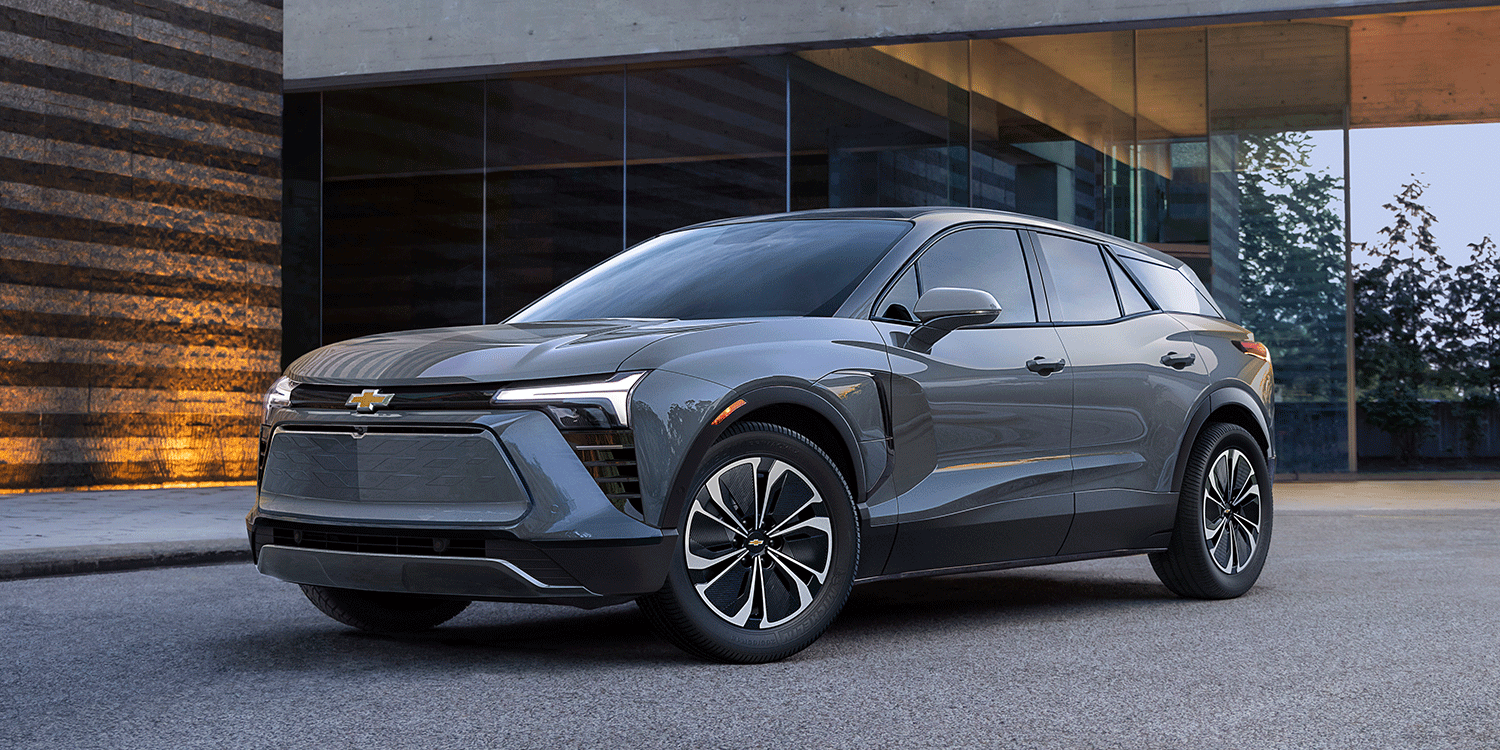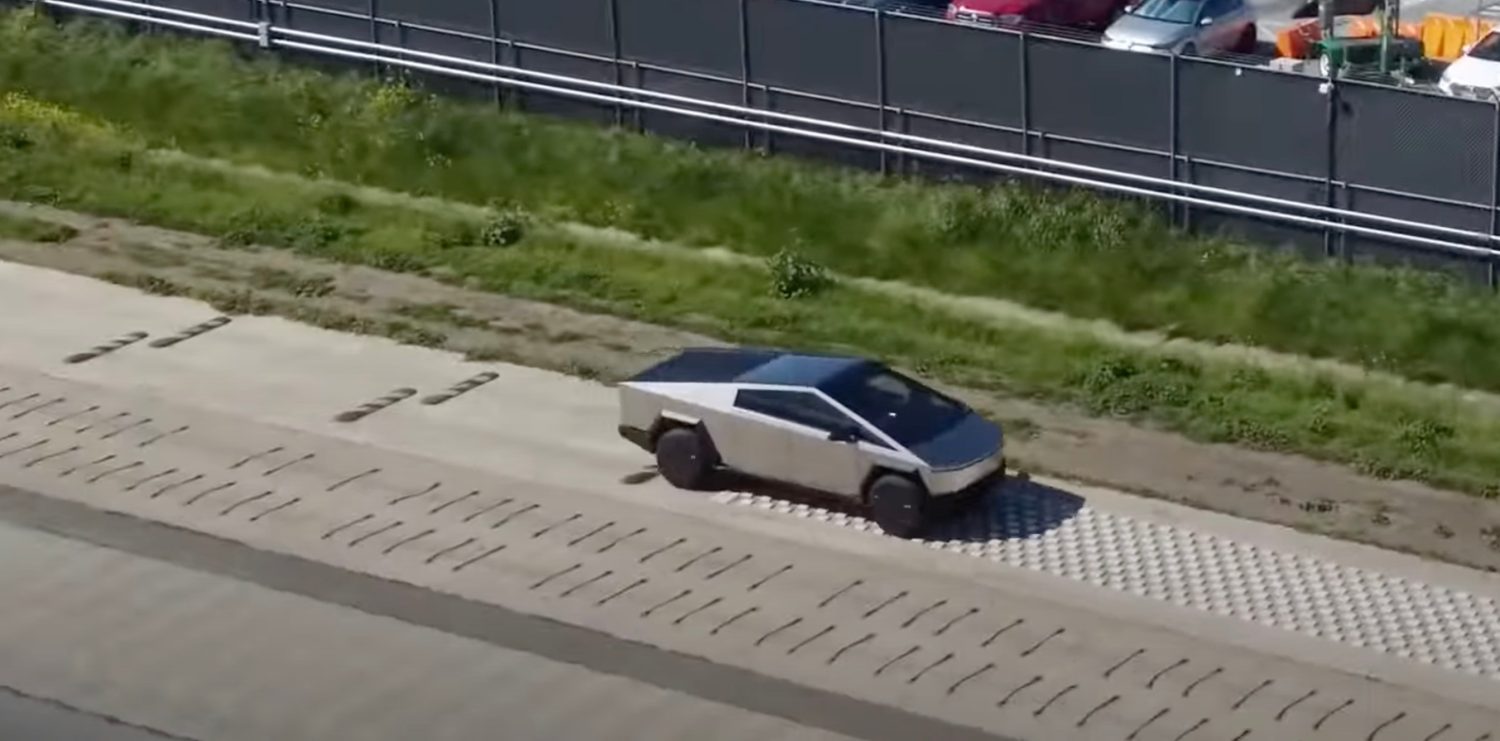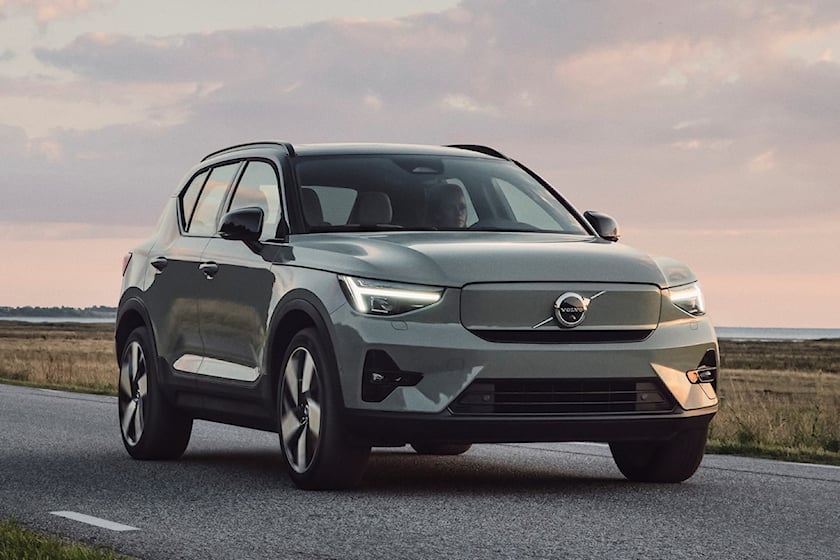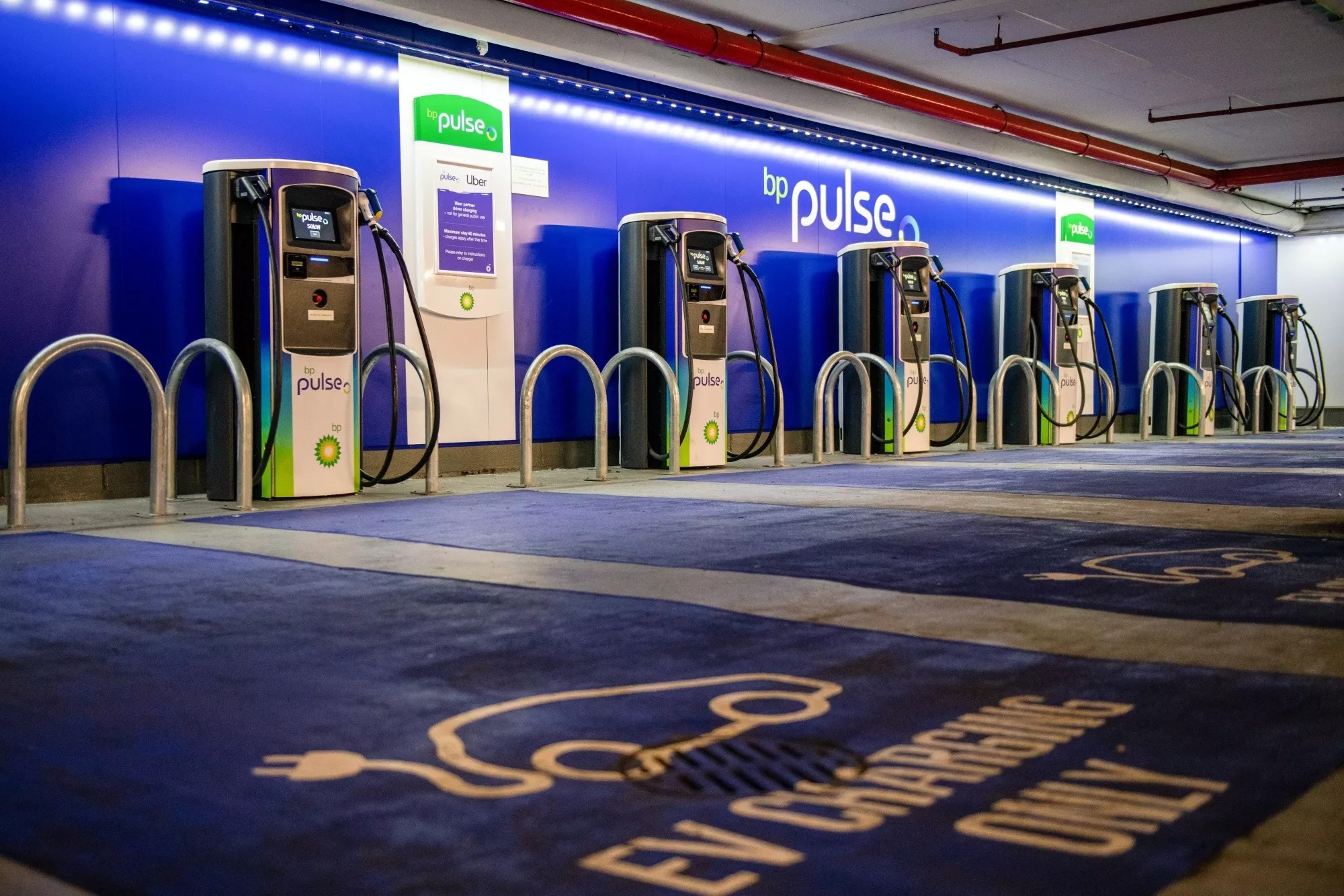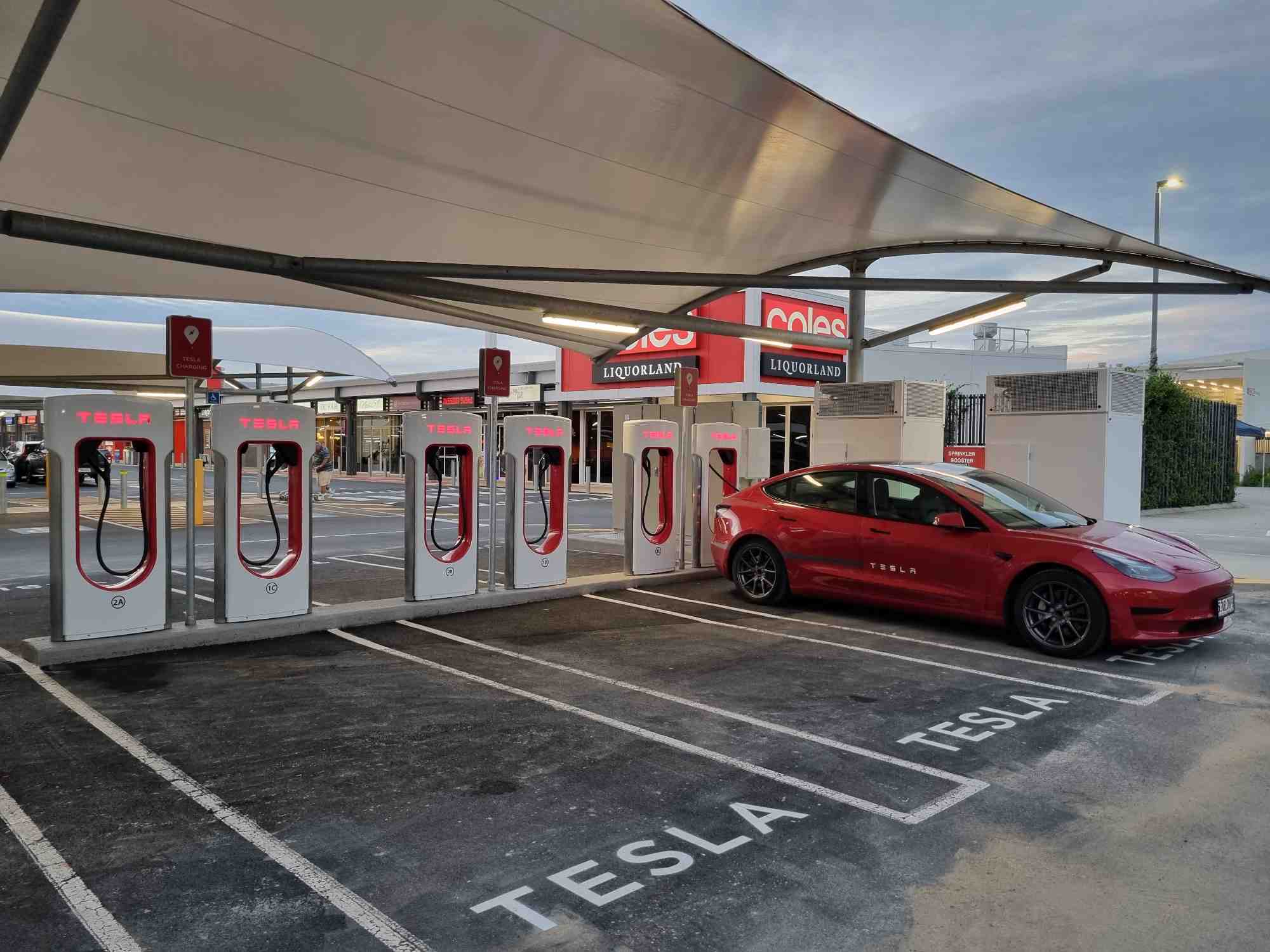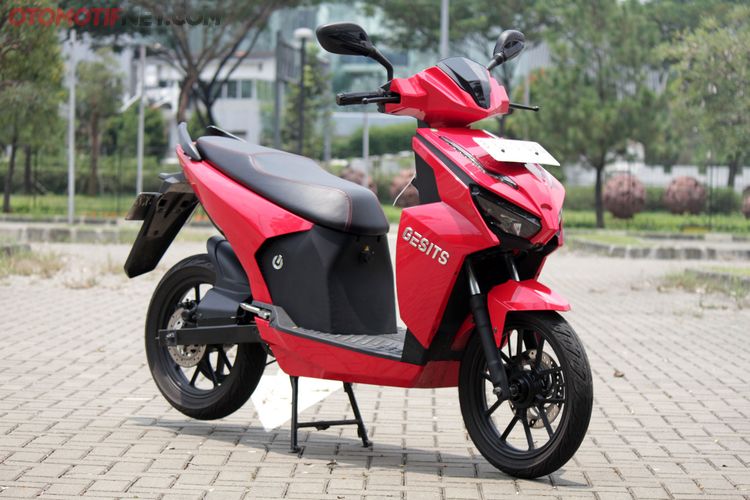The US Treasury Department has finally released the long-awaited guidelines for electric vehicles to qualify for tax incentives of up to $7,500 under the Inflation Reduction Act (IRA). While there are no big surprises, the eligibility of many EVs will be determined elsewhere.
The rules will apply to vehicles registered on or after April 18, 2023. To qualify for half the tax credit ($3,750), 40% of the battery’s critical minerals must be extracted, processed, or recovered in the US or in a country with which the US has a free trade agreement. The percentage value will gradually rise to 80% by 2027.
What’s new in the Notice of Proposed Rulemaking (NPRM) are the regulations on how this percentage value is to be determined. It will be a three-step process: determining the procurement chains, identifying “qualifying critical minerals,” and finally calculating qualifying critical mineral content.
See also: US and EU Negotiate Agreement on Critical Minerals for Electric Vehicle Batteries
The NPRM suggests which countries will be accepted as source countries since the term “free trade agreement […] is not defined in statute.” The list includes Australia, Canada, Mexico, and lithium-rich countries such as Chile and Bolivia. However, Indonesia, a major nickel exporter, and European countries are not yet included.
In the case of Europe, negotiations for a critical minerals agreement are still ongoing. The outcome of these talks will thus have an enormous impact on the eligibility of EVs whose battery materials were processed in Europe. Japan, for example, is already on the list following the conclusion of such an agreement.
The other part of the tax credit requires that at least 50% of the vehicle’s battery components be manufactured or assembled in North America in 2023. This percentage increases successively to 100% by 2029 – again by ten percentage points per year, but 60% is stipulated for both 2024 and 2025 as an exception. From 2027, the rate will then rise by a constant ten percentage points per year. In general, only electric vehicles with a retail price of $55,000 (passenger cars) or $80,000 (SUVs, pickup trucks, and vans) are eligible.
See also: CATL halts plans for new North America battery plant investment
“Beginning in 2024, an eligible clean vehicle may not contain any battery components that are manufactured by a foreign entity of concern, and beginning in 2025 an eligible clean vehicle may not contain any critical minerals that were extracted, processed, or recycled by a foreign entity of concern,” the US Treasury Department writes in its statement.
As of April 18, 2023, the department will publish a list of eligible vehicles with their respective tax credit amounts. Ultimately, it is possible that a vehicle may only meet a portion of the requirements.
“The proposed regulations announced today support American workers and manufacturers while helping to accelerate the transition to a clean energy future,” said Secretary of the Treasury Janet L. Yellen.
Overall, the guidelines are in line with President Biden’s pledge to electrify the US transportation sector and reduce greenhouse gas emissions. However, the shift to domestic manufacturing and mining could face significant challenges in terms of supply chain constraints and costs.
See also: Audi considers building US electric vehicle plant to take advantage of incentives
As Dr. Shashank Sripad, Assistant Professor of Operations Management at the University of Notre Dame’s Mendoza College of Business, noted, “This may lead to a reduction in the overall demand for electric vehicles and also lead to an increase in the prices of electric vehicles. The complexity of global supply chains in the electric vehicle industry could also make it difficult for manufacturers to comply with the regulations

